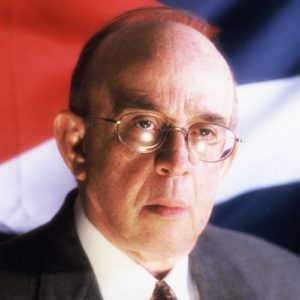During the first United States intervention, the North American Trust Company of New York acted in Cuba as the government’s fiscal agent. In July 1901, these Cuban operations became the Banco Nacional de Cuba, and normal banking services were added, with branches throughout the island. Although it did not fulfill all functions of a central Bank, the Banco Nacional remained the government’s bank, and its collapse, during the postwar depression, on April 9, 1921, involved $20,768,814 of government funds.
The idea of establishing a proper central bank was favored by Sumner Welles, but was successfully opposed by Spruille Braden, and only finally founded on December 23, 1948, as a new Banco Nacional de Cuba, which finally began operating as a central bank on April 27, 1950, functioning as the state treasury, issuing currency and administering the country’s gold and foreign exchange reserves. It also fixed the foreign exchange rate and obtained credit. On November 26, 1959, following the Revolution of 1959, Che Guevara was made governor of the Bank. A year later all banks in Cuba were nationalized and consolidated under the National Bank, which now controls lending, receives the public’s savings, pays out social security pensions, and collects utility bills. It has 250 branches in Cuba and others abroad. The relative opening-up of the economy during the “Special Period,” however, made it necessary to separate the purely central bank functions, which were transferred in June 1997 to a new Banco Central de Cuba, leaving the Banco Nacional with essentially commercial bank functions.








